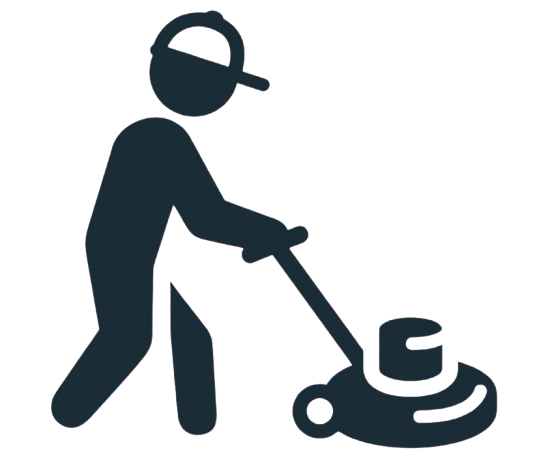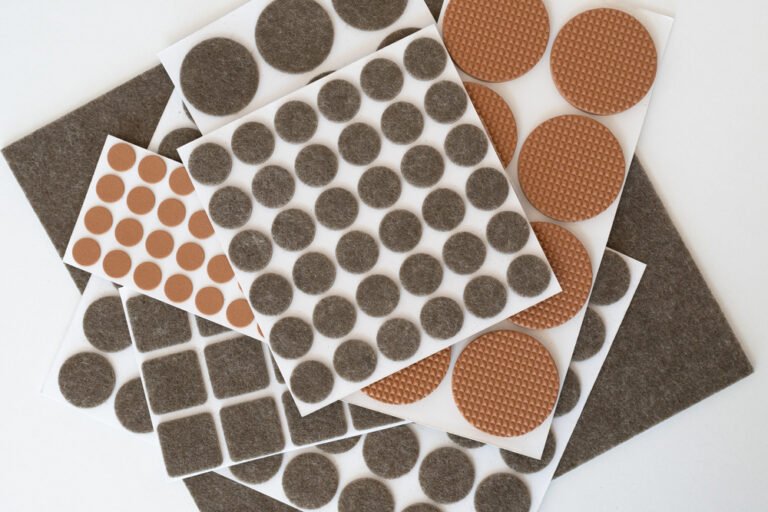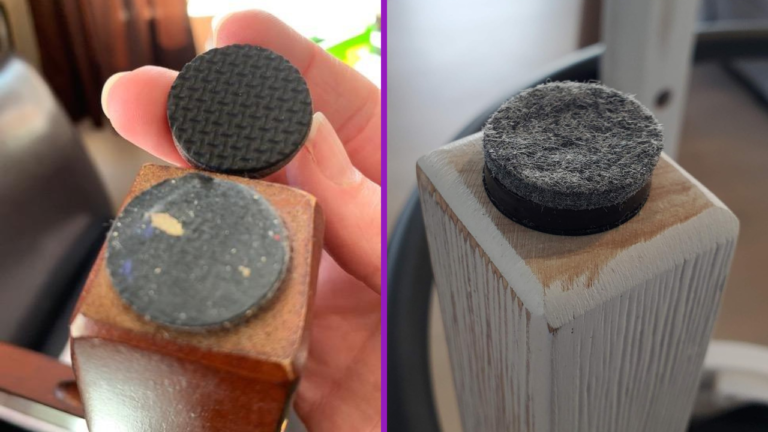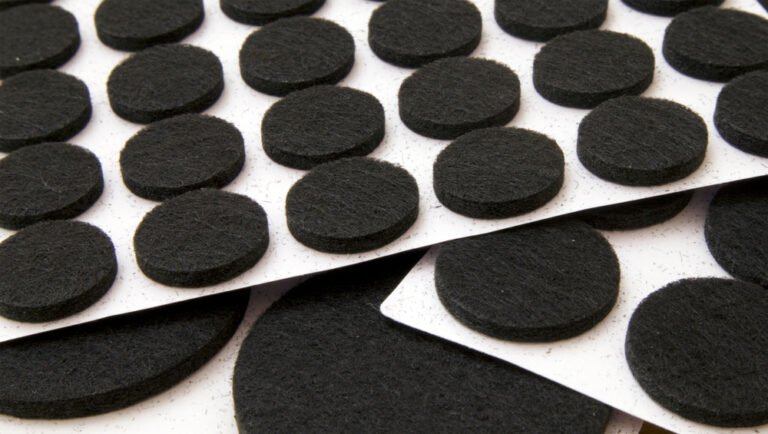A guide to selecting the right type, size, and thickness of felt pads for different kinds of furniture
Wood floors add warmth and elegance to any room, but they can be easily damaged by the furniture you place on them. Scratches, dents, and scuffs from chair legs, tables, and couches can accumulate over time, leading to costly repairs and diminishing the beauty of your flooring. Felt pads are a simple, affordable solution that can help protect your floors, preserve your furniture, and maintain a quieter, scratch-free home.
This comprehensive guide will cover everything you need to know to choose the best felt pads for your furniture. From selecting the right thickness and shape to considering durability and installation techniques, we’ll cover all the essential factors.
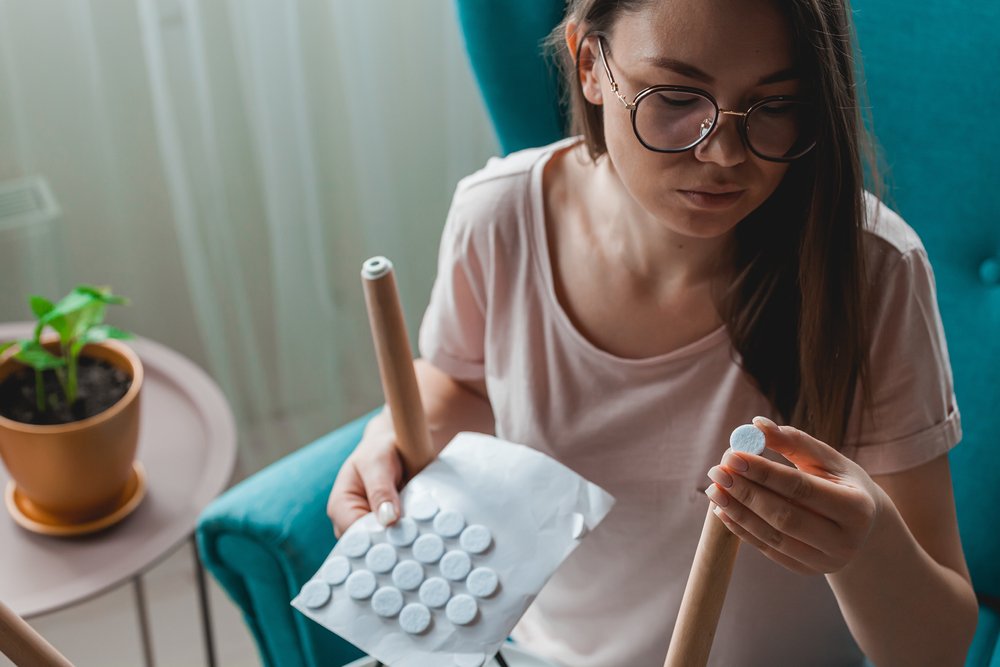
1. What Are Felt Pads and Why Do You Need Them?
Felt pads are small adhesive or slip-on protectors designed to fit onto furniture legs. Their soft, dense texture allows furniture to glide smoothly over the flooring, preventing abrasive contact that can cause scratches, dents, and gouges. Felt pads also help reduce noise, dampening the sound of furniture movement on hard floors.

Critical Benefits of Felt Pads
- Floor Protection: Reduces scratching, scuffing, and denting on wood, tile, and laminate floors.
- Noise Reduction: Lowers noise levels from moving chairs, tables, or couches.
- Furniture Preservation: Prevents furniture from wearing down and keeps it in good condition longer.
- Easy Movement: Allows for effortless sliding of furniture without damaging floors.

2. Types of Felt Pads
Several felt pads are available, each with specific benefits depending on the kind of furniture and flooring you have. Let’s look at the main categories.
a. Adhesive Felt Pads
Adhesive felt pads are the most common type, with a sticky backing that adheres to the bottom of furniture legs. They are available in different shapes and sizes to suit various furniture types.
- Pros: Easy to install, widely available, and customizable.
- Cons: Adhesive may wear out over time, especially on heavy furniture.
b. Slip-On Felt Pads
Slip-on felt pads wrap around the furniture leg like a sleeve, providing a more secure and lasting fit. These pads are often designed for chairs or tables with narrow, round legs.
- Pros: More secure than adhesive pads, better for heavy use.
- Cons: Limited to specific leg shapes and sizes, typically more expensive.
c. Nail-On Felt Pads
These pads are physically attached to furniture with a small nail or screw, offering a secure and durable hold. They’re great for heavy furniture and for areas where furniture is frequently moved.
- Pros: Highly durable, won’t slip or fall off.
- Cons: Installation requires tools and may damage furniture if not installed carefully.
d. Stick-on Pads with Velcro
These pads come with Velcro strips, allowing you to easily replace the felt portion without reinstalling adhesive or nails. They’re ideal for situations where pads may wear out quickly.
- Pros: Easily replaceable, long-lasting backing.
- Cons: Slightly more expensive than essential adhesive pads.

3. Choosing the Right Size and Shape
Selecting the right size and shape is essential for adequate protection. Felt pads come in various sizes, from small rounds to large squares and rectangles. Choosing the wrong size can lead to inefficient coverage or poor adherence, reducing the pad’s effectiveness.
Considerations for Size and Shape
- Size: Measure your furniture legs to ensure the pad provides full coverage. Pads that are too small will not adequately protect the floor, while pads that are too large may protrude and be prone to peeling.
- Shape:
- Round: Best for round or small, straight-edged furniture legs.
- Square: Ideal for square or rectangular furniture legs, like tables and cabinets.
- Rectangular and Strips are excellent for larger furniture, such as sofas or large cabinets. Felt strips can also be cut to fit custom shapes.
Customization: Many felt pads can be trimmed to size, allowing you to create a custom fit for furniture legs with irregular shapes.

4. Material Quality: Thickness and Density
The thickness and density of a felt pad play a crucial role in its durability and effectiveness. Higher-quality felt pads provide better protection, last longer, and are less likely to compress over time.
- Thickness: Choose thicker pads (typically between 1/8″ to 1/4″) for heavier furniture. Thicker pads offer more cushioning but may be overkill for lightweight items like small stools.
- Density: High-density felt pads resist compression, which is especially important for frequently moved furniture. Higher-density pads provide better floor protection and last longer than softer, lower-density alternatives.
Pro Tip: High-quality felt pads may cost more but offer better protection and durability, ultimately saving you money by preventing damage to your floors.

5. Felt Pad Durability: Adhesive Quality and Wear Resistance
Durability is a significant factor, especially for furniture that is moved regularly. Poorly made felt pads can wear out, peel off, or compress quickly, making them ineffective. Consider the following factors to assess durability:
- Adhesive Strength: Look for felt pads with strong, industrial-grade adhesive backing. Higher-quality adhesives will stay put longer and are less likely to leave residue if removed.
- Wear Resistance: Choose pads treated for wear resistance, mainly if they are used in high-traffic areas or with heavy furniture. Some pads have additional coatings that make them last longer.
Testing Tips: Try using one felt pad on a piece of furniture to test its durability before applying it to all your furniture. See how well it holds up under daily use.

6. Matching Felt Pads with Flooring Types
Particular felt pads work better with specific types of flooring. Wood floors, tile, vinyl, and laminate all have different wear properties, so choosing a felt pad that suits your flooring is essential.
- Wood Floors: Opt for thick, high-density felt pads to protect against scratches and scuffs.
- Tile Floors: Consider slip-resistant felt pads, as tile can be slippery, and some pads may not stay in place.
- Vinyl Floors: Felt pads work well, but ensure they don’t have adhesive that may react with vinyl.
- Laminate Floors: Use thick felt pads to protect against minor scratches and to reduce noise.
7. Installation Tips for Long-Lasting Performance
Proper installation can maximize the lifespan of your felt pads and ensure they provide the best protection.
a. Clean the Surface
Before applying adhesive felt pads, clean the bottoms of the furniture legs to remove any dust, dirt, or grease. This helps the adhesive stick better.
b. Center the Pad
Place the felt pad in the center of the leg for balanced coverage and even wear. Off-center pads are more likely to peel and provide uneven protection.
c. Apply Pressure
Press firmly when attaching adhesive pads to ensure a secure bond. You can even place a heavy object on top for a few minutes to help set the adhesive.
d. Use Nail-on Pads for Heavy Furniture
Use nail-on felt pads for large, heavy furniture, as they won’t slip or fall off over time.
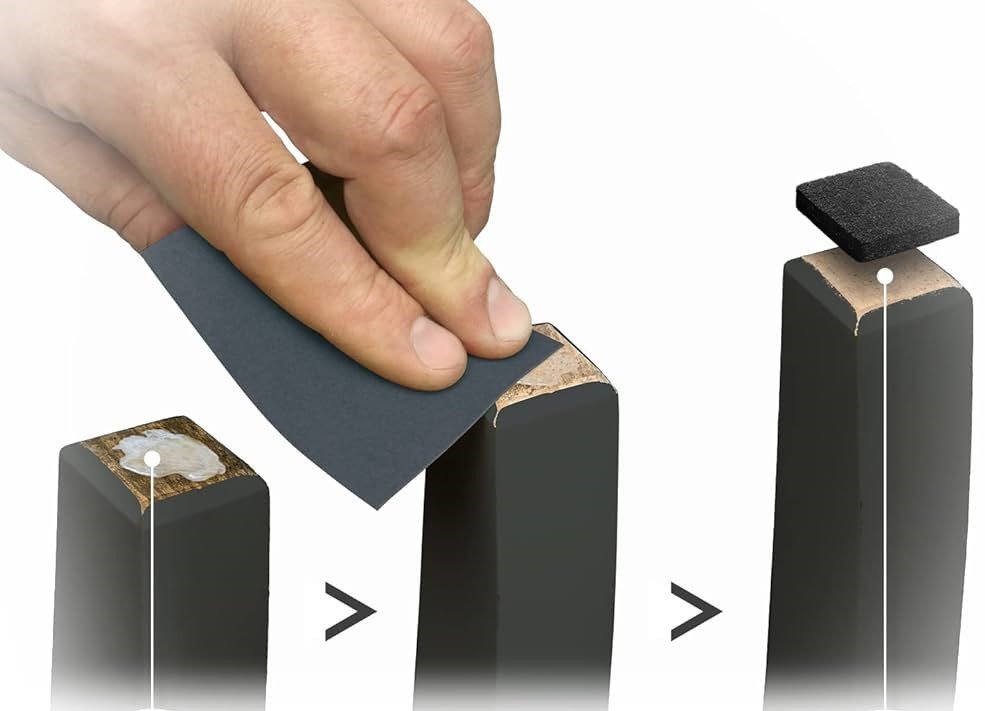
8. Maintenance and Replacement
Over time, felt pads will wear out, compress, or get dirty. Regular maintenance can help you identify when it’s time for replacements.
Inspect Regularly
Check felt pads periodically, especially on furniture that’s frequently moved. If you notice a pad wearing thin, peeling, or dirty, it’s time to replace it.
Replace Worn Pads Promptly
Worn-out pads may not effectively protect your floors and can even cause scratches if dirt has accumulated on their surface.

9. Top Recommendations for Felt Pads
There are many felt pad options on the market. Here are some recommended brands based on quality, durability, and effectiveness:
- X-Protector Premium Felt Pads: These pads are known for their high-density material and excellent adhesive quality. They work well on heavy furniture.
- Scotch Heavy Duty Felt Pads: These are popular for protecting wood floors. They have a strong adhesive and a thick felt layer.
- GorillaFelt Self-Adhesive Pads: These felt pads have a super-strong adhesive and are highly durable, making them suitable for all furniture types.

10. Final Thoughts
Choosing the right felt pads for your furniture can significantly prolong the life of your floors and furniture. You can select felt pads that offer the best protection by understanding your specific needs—the type of furniture, flooring, and expected use. Look for high-quality materials, secure attachment methods, and the right shape and size to suit each piece of furniture.
Remember, felt pads may seem like a small detail, but they provide a crucial layer of protection, helping to maintain the beauty of your home and making your floors safer, quieter, and longer-lasting.
